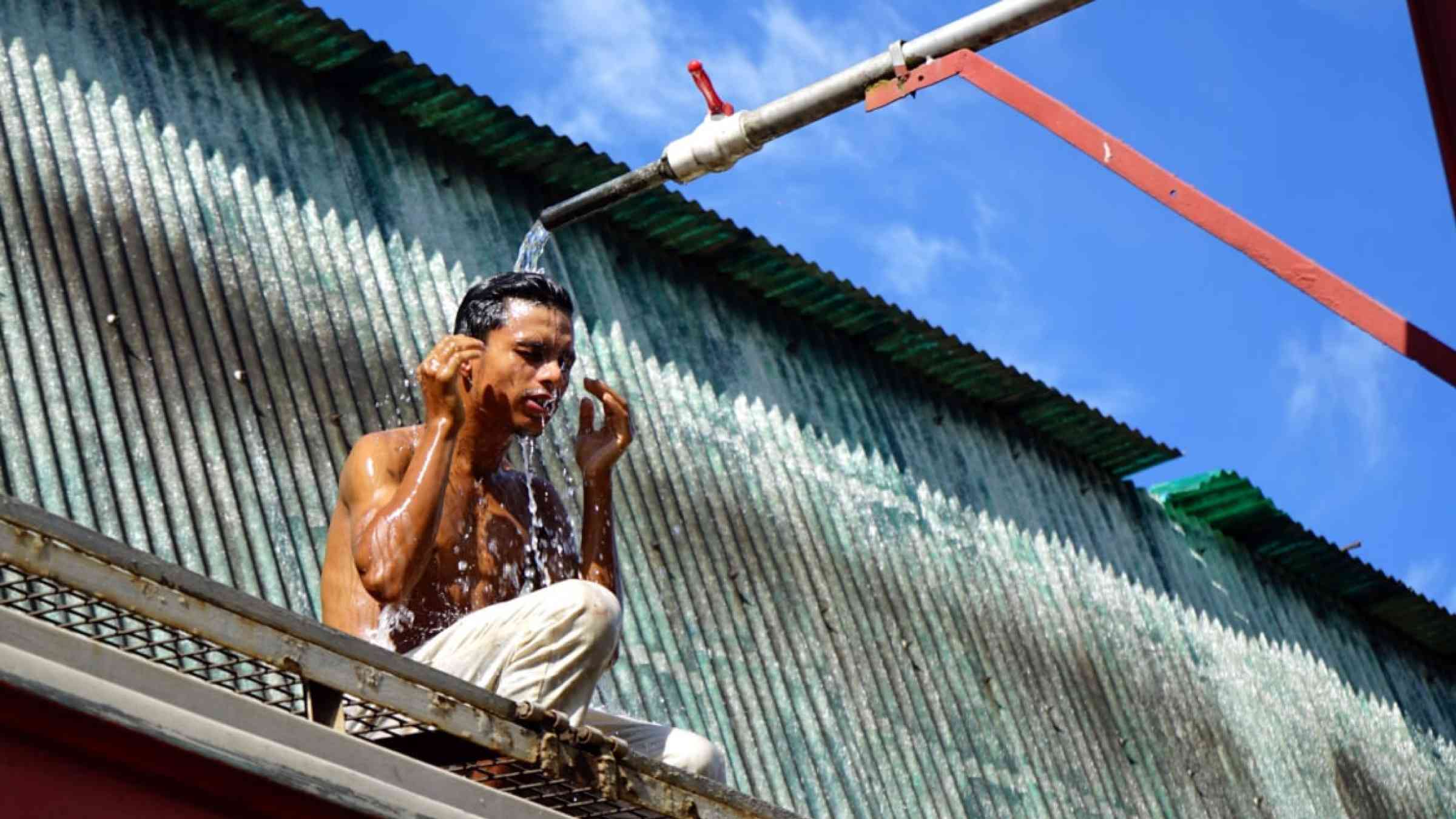Rising energy consumption for cooling increases energy poverty and inequality between and within countries. An interview with Enrica De Cian, research scientist at CMCC and professor at Ca’ Foscari University of Venice, has been published in the French newspaper Le Monde.
A household is considered to be living in energy poverty conditions if its energy expenditure for heating and cooling exceeds 10% of its income or total expenditure. Until now, this term referred to households unable to afford adequate heating in winter, but the use of air conditioning is pushing more people into this situation.
Enrica De Cian, Professor at Ca’ Foscari University of Venice and research scientist at CMCC, explains in an interview for the French newspaper Le Monde how access to air conditioning is an indicator of energy inequalities.
“The impact of air conditioning on bills is considerable, and tends to reinforce the inequalities between those who can afford to use and maintain it, and those who cannot. With my team, we studied eight developed countries with different climates: Australia, Canada, France, Japan, the Netherlands, Spain, Sweden and Switzerland. Our study [published in August 2020 in the journal Economic Modelling] reveals that households with air conditioning spend between 35% and 42% more on electricity each year than those without it. We have calculated that by 2050, 60 million Europeans and 640 million Indians will be exposed to heatwaves and will not have air conditioning, according to a study led by Francesco Colelli, a postdoctoral student at Ca’ Foscari and CMCC [published in Scientific Report in March 2023]. In Brazil, India and Indonesia, between 20% and 30% of households will not be able to meet their cooling needs in 2050 and will therefore find themselves in a situation of heat stress, according to another study we conducted [published in Nature Communication in November 2021].”
According to projections, as De Cian highlights, at least 80% of the world’s richest 10% households will have air conditioning by 2050, compared with between 2% and 23% of the poorest 10%. Moreover, while some regions, such as North America, are over-equipped, only 15% of the 3.5 billion people living in hot climates have air conditioning today.
As well as reinforcing inequalities between countries in the global North and South, concludes De Cian, air conditioning exacerbates social divisions within countries themselves. Italy shows major inequalities in the access to air conditioning according to income: while 39% of the overall population is equipped, the rate drops to 10% for Italians below the poverty line. These are some of the findings emerging from a new study that the CMCC@Ca’Foscari researchers De Cian, Falchetta, Pavanello are expected to publish in the coming months.
